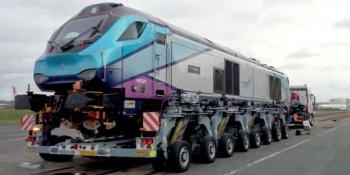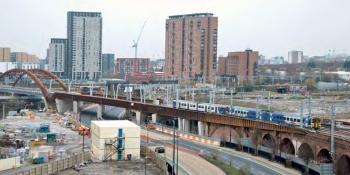Fifty years ago this month, the then Ministry of Transport and British Railways Board jointly published ‘British Railways Network for Development’. This was the basic network that it had been decided ‘should be retained and developed so that the railways can play a full part in the country’s transport system’. The accompanying maps showed the lines over which passenger and freight services would run.
Published in the wake of the vast number of line closures precipitated by the Beeching Report just a couple of years earlier, the short report was intended to quell public concern about a potential further round of cuts. The accompanying maps showed the ‘stabilised rail network planned to meet social as well as economic and commercial needs’.
The purpose was ‘to provide services which, although they may never pay their way commercially, have an economic or a social value to the community as a whole which outweighs their money costs. These include some commuter services in conurbations and also some rural services where alternatives would be impracticable or excessively costly’.
Interestingly, the maps did not include the Settle and Carlisle line, the Central Wales line, the Cumbrian or Cambrian coast line…




